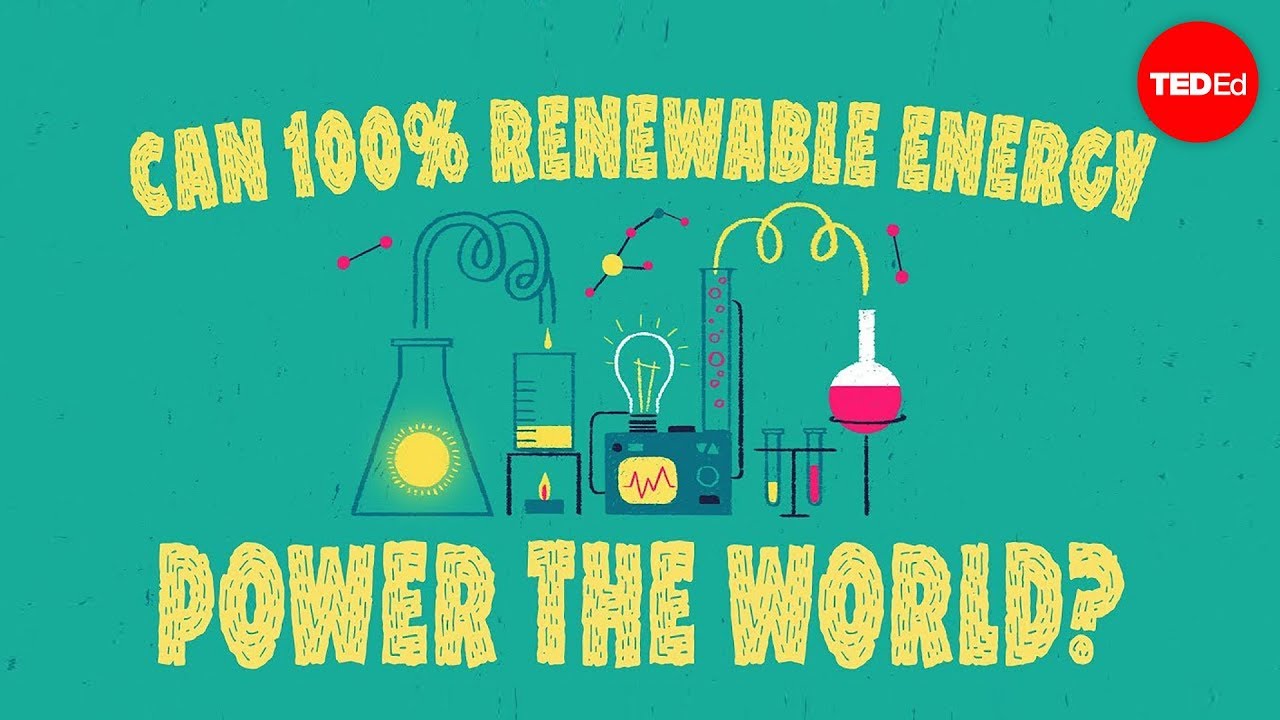Challenges of Implementing Renewable Energy Solutions in Schools
Renewable energy has become a key focus in the effort to combat climate change and reduce carbon emissions. As educational institutions responsible for shaping the minds of future generations, schools play a crucial role in promoting sustainability and environmental awareness. Implementing renewable energy solutions in schools is not only a practical way to reduce energy costs but also serves as a valuable educational tool for students to learn about the importance of green energy.
Benefits of Renewable Energy in Schools
Before delving into the challenges, it’s essential to highlight the numerous benefits of renewable energy adoption in schools. Solar panels, wind turbines, and other renewable technologies can help schools significantly reduce their reliance on fossil fuels, thereby lowering energy bills and operating costs. Additionally, integrating renewable energy systems into school buildings can serve as a tangible example of sustainable practices, inspiring students and staff to embrace environmentally friendly behaviors.
Financial Constraints
One of the primary challenges schools face when considering renewable energy solutions is the initial cost of installation. Solar panels and wind turbines require a significant upfront investment, which can be prohibitive for cash-strapped educational institutions operating on tight budgets. Securing funding through grants, partnerships with local businesses, or government incentives can help alleviate this financial burden and make renewable energy projects more feasible for schools.
Regulatory Hurdles
Regulatory obstacles and bureaucratic red tape can also impede the adoption of renewable energy solutions in schools. Navigating the complex web of zoning laws, building codes, and utility regulations can be daunting for school administrators and facility managers. Engaging with local authorities, seeking expert guidance, and staying informed about renewable energy policies can help schools overcome these regulatory challenges and move forward with their sustainability initiatives.
Technical Expertise
Implementing renewable energy systems requires specialized technical knowledge and expertise. Schools may lack in-house staff with the skills and experience to design, install, and maintain renewable energy infrastructure. Collaborating with renewable energy consultants, engineers, and contractors can provide schools with the necessary expertise to ensure the successful implementation and operation of green energy solutions.
Integration with Curriculum
While the environmental benefits of renewable energy are clear, integrating green energy initiatives into the school curriculum can present its own set of challenges. Educators must develop sustainable energy lessons that align with academic standards and engage students in hands-on learning experiences. Incorporating renewable energy projects into science, technology, engineering, and mathematics (STEM) courses can enhance student learning and foster a deeper understanding of sustainability concepts.
Maintenance and Monitoring
Once renewable energy systems are installed, schools must ensure proper maintenance and monitoring to maximize their efficiency and longevity. Regular inspections, performance assessments, and energy monitoring are essential to identify issues and optimize system performance. Establishing a maintenance schedule and training staff on renewable energy system upkeep can help schools avoid costly repairs and downtime.
Community Engagement
Engaging the local community in renewable energy initiatives can foster support for school sustainability efforts and create opportunities for collaboration. Hosting educational workshops, public events, and community outreach programs can raise awareness about the benefits of green energy and inspire others to adopt sustainable practices. Building strong partnerships with local businesses, environmental organizations, and government agencies can also provide schools with additional resources and expertise.
Measuring Impact
Measuring the impact of renewable energy solutions in schools is essential to assess their effectiveness and identify areas for improvement. Tracking energy consumption, cost savings, carbon emissions reductions, and student engagement can provide valuable insights into the success of green energy projects. Implementing monitoring tools and data analytics systems can help schools collect and analyze performance data to make informed decisions and drive continuous improvement.
Conclusion
In conclusion, while there are indeed challenges associated with implementing renewable energy solutions in schools, the benefits far outweigh the obstacles. By overcoming financial constraints, regulatory hurdles, technical expertise gaps, and curriculum integration challenges, schools can successfully transition to renewable energy and set a positive example for students and the community. Embracing sustainability and green energy not only reduces environmental impact but also empowers future generations to become responsible stewards of the planet.


